Now, let me tell you why attractive, eye-catching images can be the primary reason for making sales. Imagine you see two ads on social media. One is only text and description, and the other includes a description with a nice image. Which one will catch your interest first? Obviously, the one with the image. This is because our brain processes images 60,000 times faster than text.
This proves that any eCommerce business should invest hard work into their brand and product presentation. It is the fastest way to gain customersattention, build trust, and generate sales.
So, without a second thought, you need to create great visuals for your brand. But did you know that in eCommerce, there are many types of images that help showcase your product in the best way? Different types of images highlight different qualities of the products.
In this article, I will talk about the 12 different types of product images for eCommerce websites. By learning about these different types of e-commerce images, you can create eye-catching visuals that will attract potential customers and boost sales. Read continuously!
Customers like to see different angles and details of a product. It helps them build trust in the website before buying. To gain this trust, any ecommerce business owner, whether it’s you or me, should give special dedicated importance to ecommerce product photography. This is where the types of e-commerce images come in, which I’m about to write down briefly in a second. Each one serves a unique purpose to help express the product's value and use.
These 12 different types of product images are a proven method to gain customer's trust and increase sales. All the established brands have been using these images to generate thousands of sales. Now, let’s see what these types are and how they help ecommerce businesses get more sales.

Studio shot product images are the core of ecommerce photography. These types of e-commerce images are usually featured on a white and clean background, totally focusing on the product. This method allows a product to stand out without any distractions. These images are normally the primary presentation of a product in an eCommerce business.
Uses and Importance:
Best Practices:
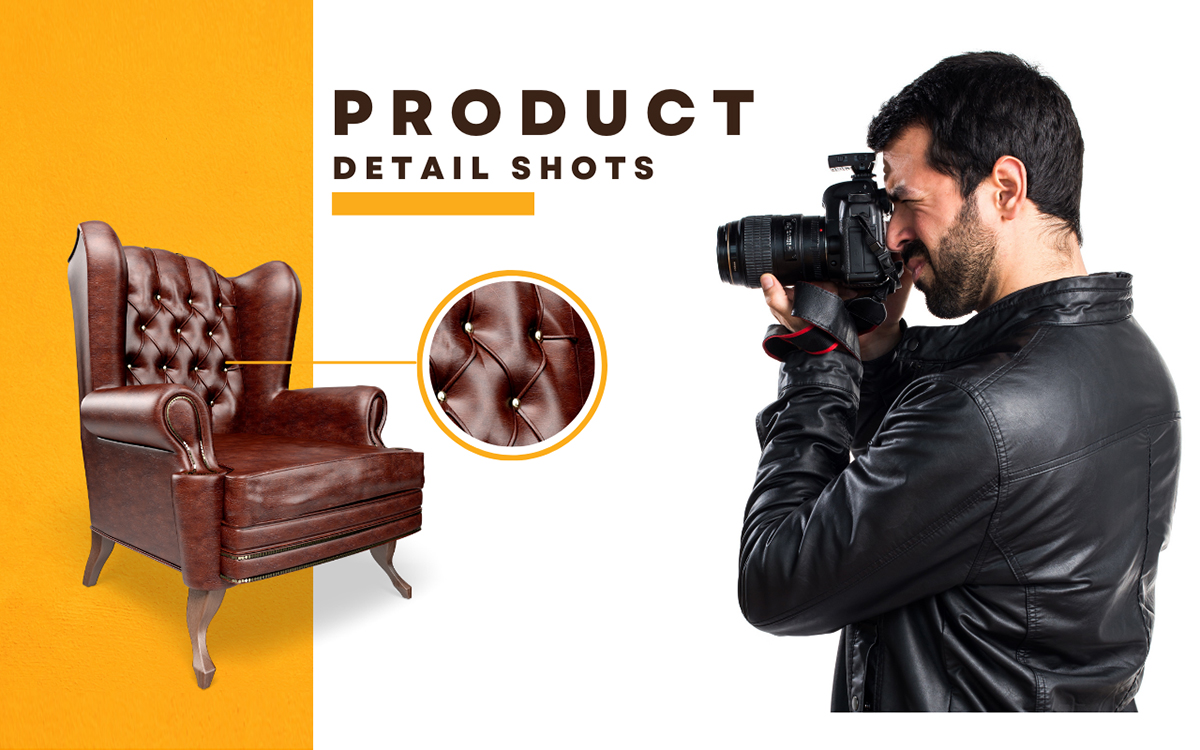
Detailed shots mean a close zoom-in shot of a particular part of a product. This highlights the texture, patterns, and materials of a product so that the buyer can get a clear idea about the craftsmanship, quality, and uniqueness of an item.
Uses and Importance:
Best Use Cases:

Lifestyle ecommerce photography shows how the product would look in a real-life scenario. They give an idea of how the product fits into the buyer's life, making it easier for potential customersto imagine themselves using it. This psychological trick helps to get more engagement from customers.
Uses and Importance:
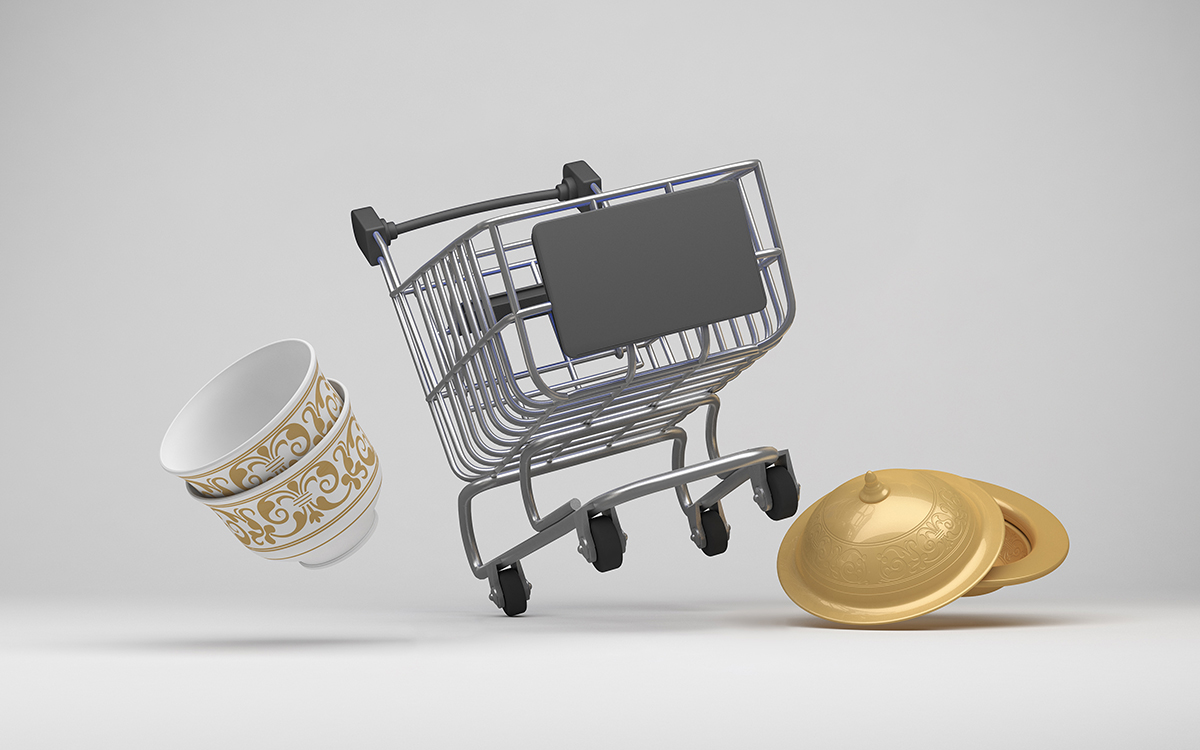
A 360-degree product view is an interactive system that shows the product from all angles. This format of the photo needs to be manually added by website developers. It allows customers to rotate the product and see it from all perspectives, replicating the experience of picking up an item and examining it physically.
Uses and Tools:
Best Practices:
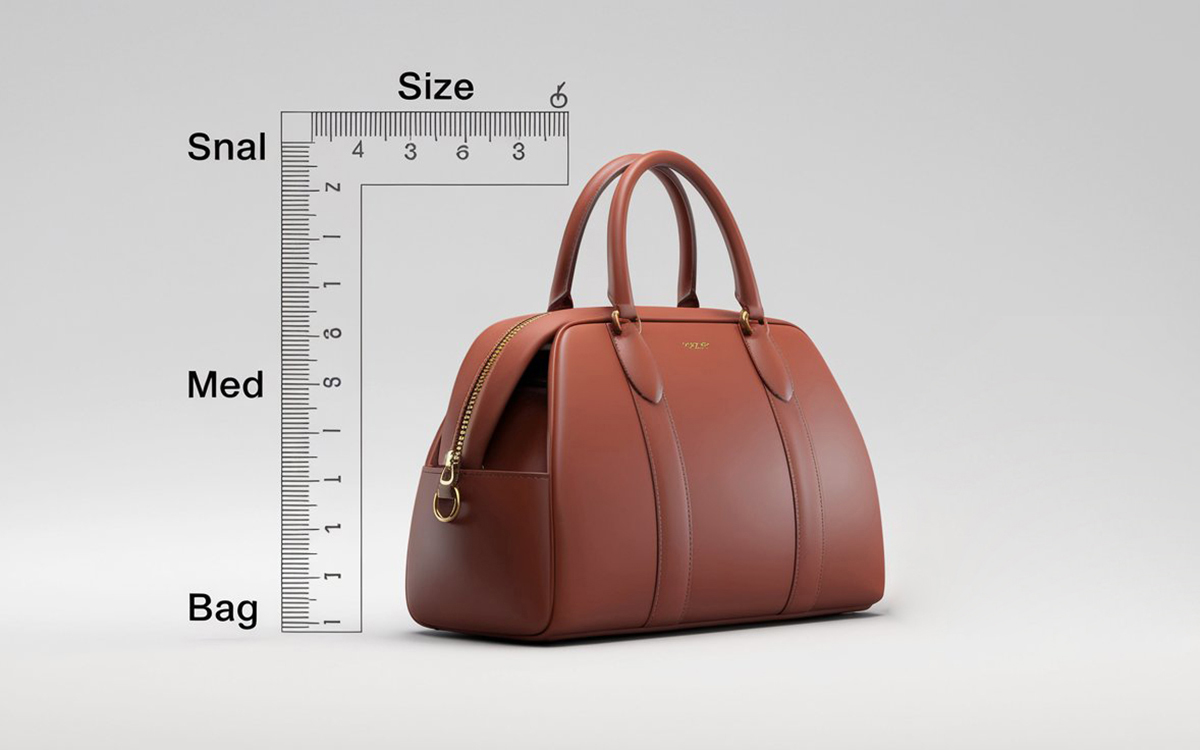
These images provide information about the product's size. They showcase the product next to common items or in use by a model so that customers can understand the actual dimensions of the product. This helps eliminate misconceptions about the size of the product.
Uses and Importance:
Effective Techniques:
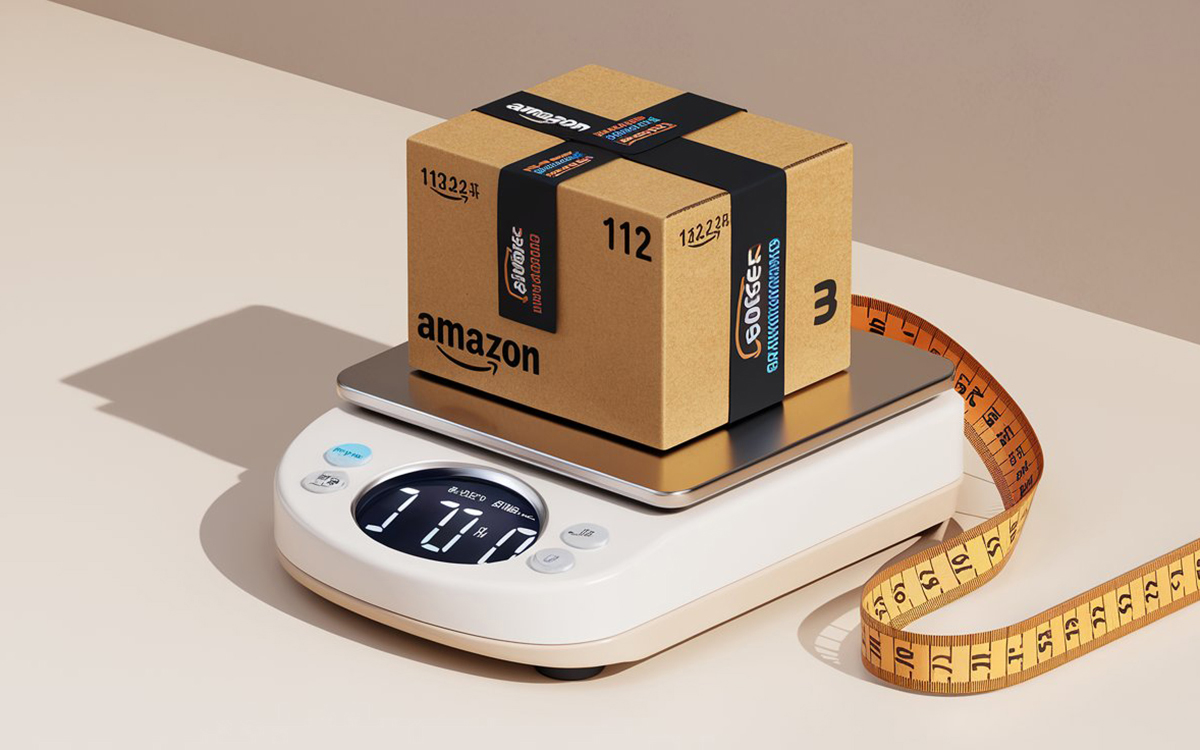
These images are similar to size comparison shots. Focuses on accurately representing the product’s scale. The purpose of the images is to show the product in a relatable environment, highlighting proportional relationships.
Uses and Importance:
Best Practices:
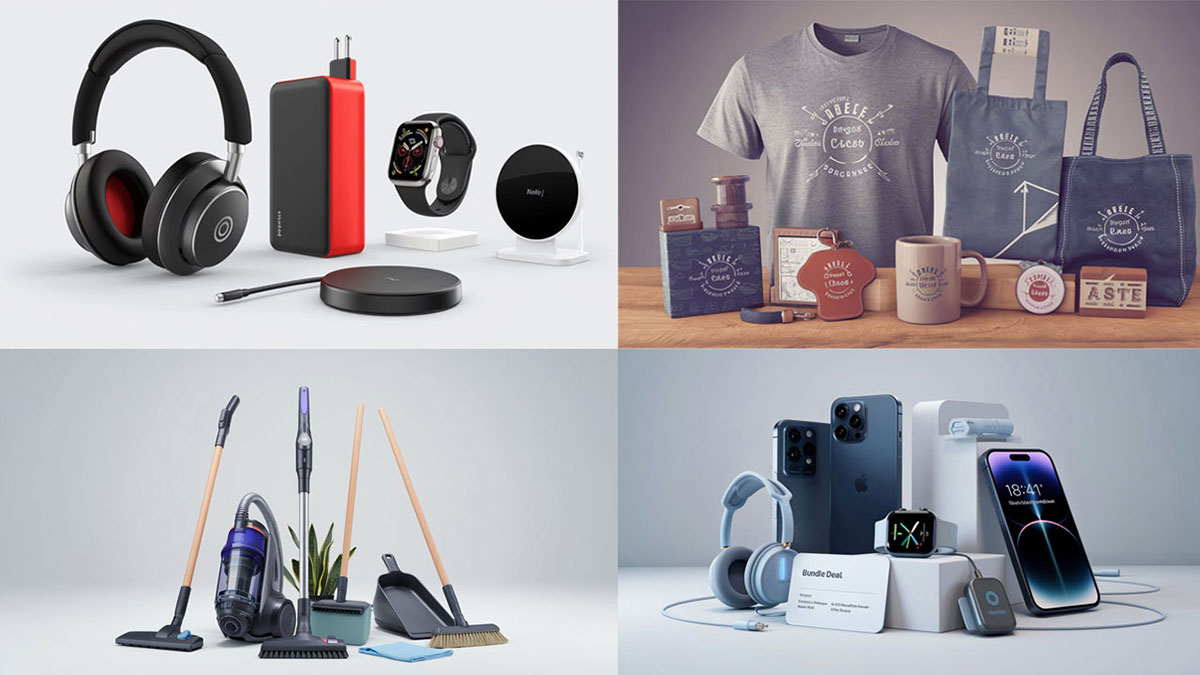
Group or bundle shots show multiple products together in one frame. These can include different colors of the same product or complementary products that can be purchased as a set.
Uses and Importance:
Best Practice:
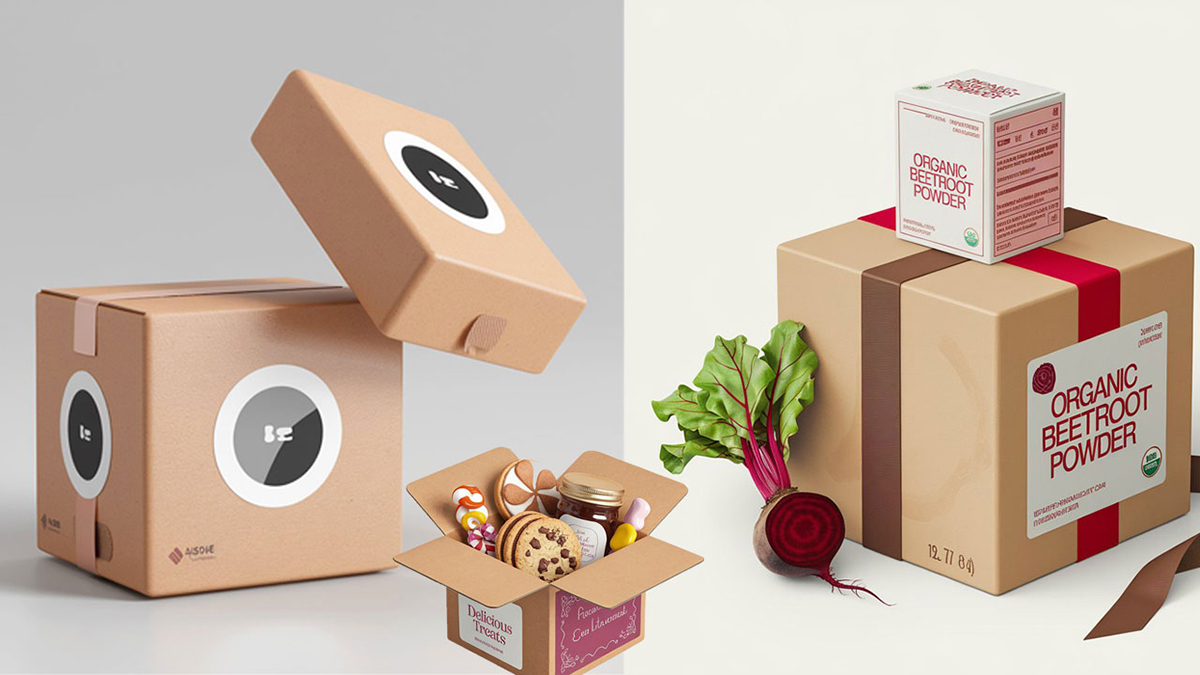
Packaging images might seem simple, but they play a vital role in engaging with customers. These images show how the product will arrive and how the customers will receive the product. They are especially necessary for gift items. Everyone loves to receive their packages with extra care.
Uses and Importance:
Best Practices:

Animations or "before-and-after" animated videos show the result of the product over time. This makes it easier for customers to see what the product can do. These animated videos are normally shown in a step-by-step format to present a visually compelling story, so customers understand the benefits and impact of the product.
Uses and Importance:
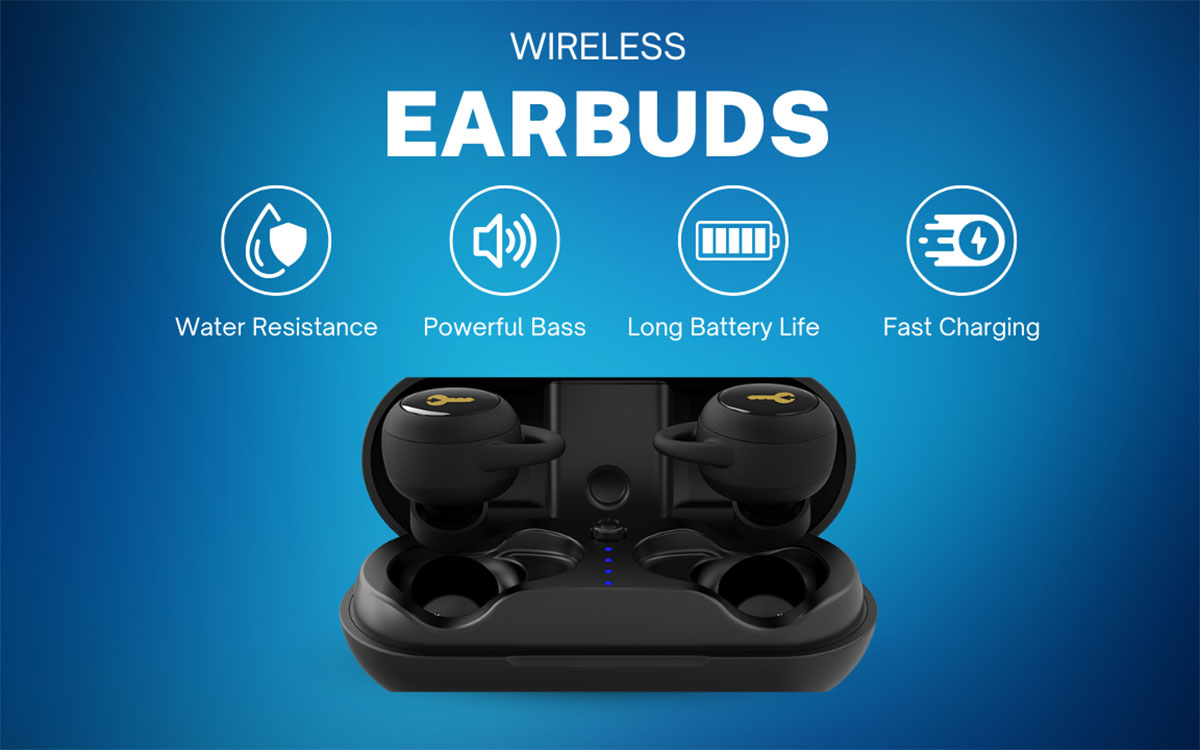
Infographic images combine text with visuals. These images present important information about a product, like its features, benefits, or size. This helps customers quickly learn about the product without reading long descriptions.
Uses and Importance:
Best Practices:
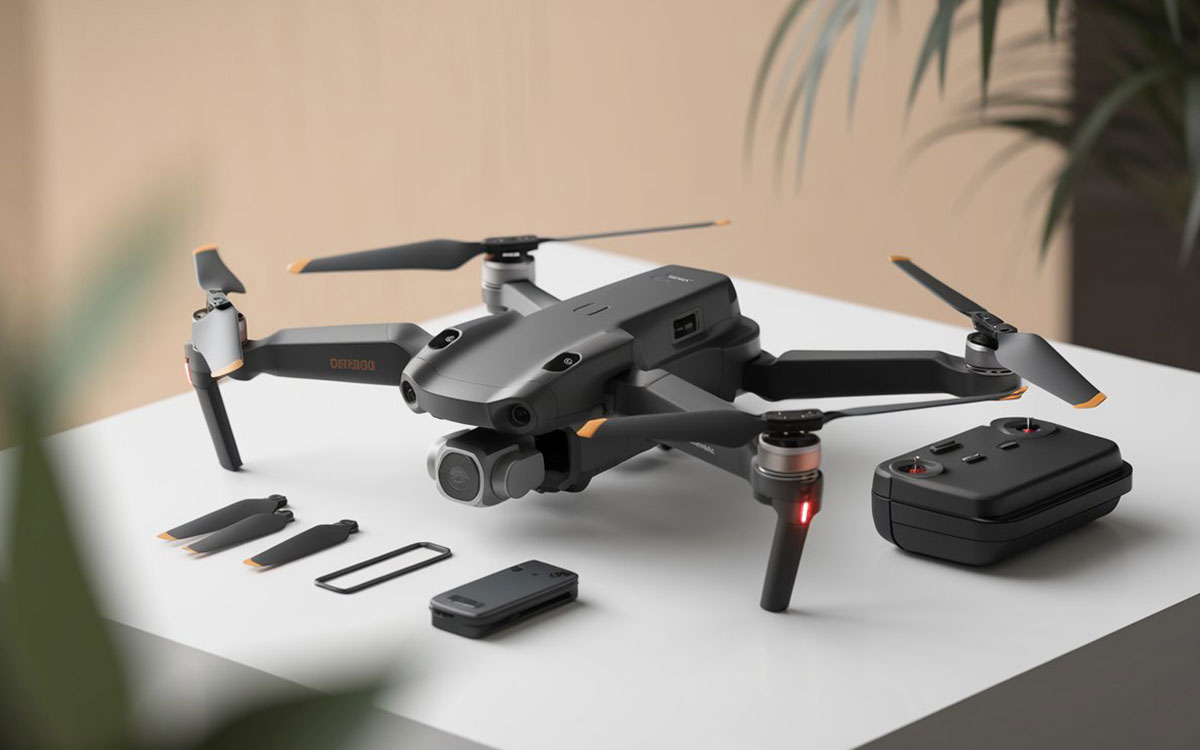
This type of image shows how the product and accessories can be used together to be more beneficial. This helps buyers better understand the value of the product and see how the accessories can make the main product more useful. This method encourages buyers to also purchase the complementary accessories.
Uses and Importance:
Effective Use:
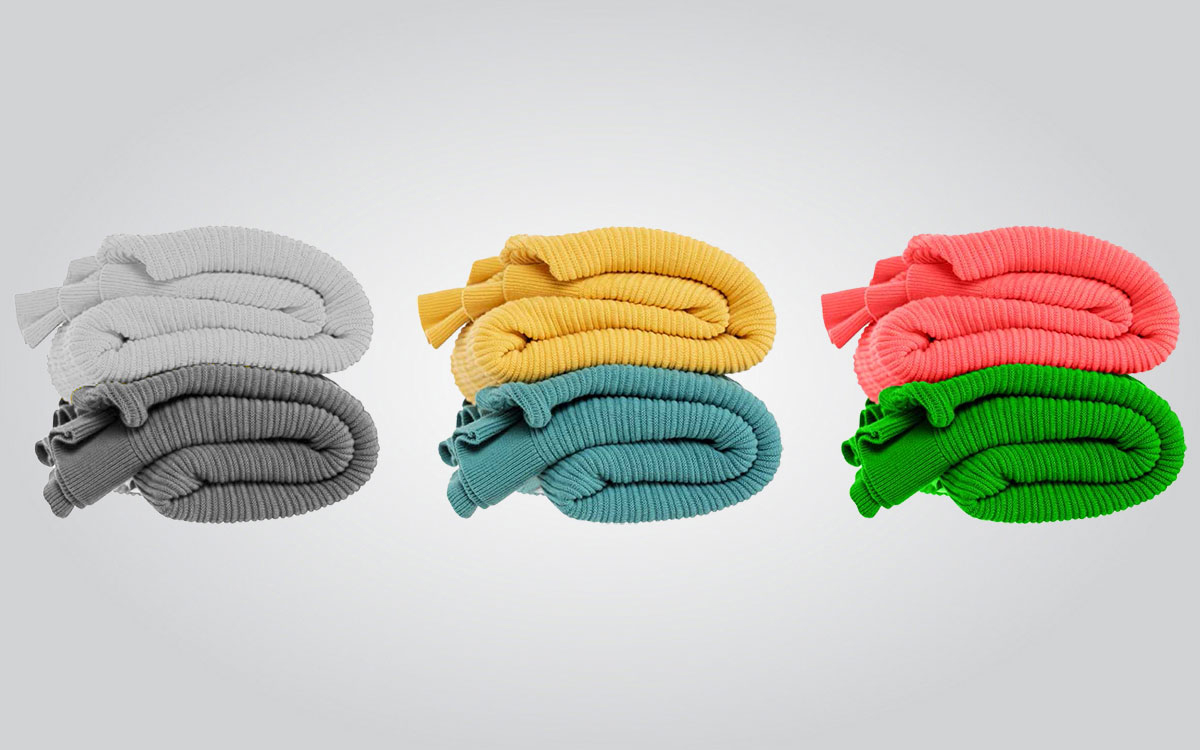
Color variation product images display the different colors and patterns available for a product. Instead of just listing these options, showing them visually helps buyers make better choices.
Uses and Importance:
Tools for Customization:
Each type of product image that I mentioned above is important because it clearly shows the value, use, and uniqueness of a product. This image type helps connect the online shopping experience to the real-life store experience. When buyers can see products clearly online, it makes them feel more confident about their choices.
This confidence can be the key to getting sales. When buyers trust what they see, they are more likely to buy. Overall, good product images are crucial for improving the shopping experience and encouraging purchases.
What's more, those are the 12 types of product images. One thing you may know is that the photography process doesn’t end here. After the photoshoots, the photos need to be edited to get the final look. And after that, the images are ready to be published.
In this editing process, one thing you can’t overlook is the clipping path. You must have a clipping path of a photo before editing it. If you have a small team or a lot of photos to edit, you can get help from a clipping path service. Every photo editing agency does this job, and you can get them at a low cost.
By now, you must know that pictures are the best way to grab someone’s attention. That's why having different types of product images is super important for your e-commerce store. One picture can’t represent a product fully. People want to see a product from all angles—front, back, side, maybe even underneath. So, the more you show your buyers, the more likely they are to buy. Showing your product means presenting the polished, professional look of your products. And to show your products fully, you must have a variety of product images. Surely, the same type of image can’t describe a product better than a product with multiple types of e-commerce images.
For example, close-up images show the texture, color, or special details of the product, helping people trust the quality. Also, when a buyer sees products in a real setting—like a sofa placed in a beautiful, cozy living room—it helps them imagine how it might look in their own home.
Lifestyle photos, different versions and options, and size comparisons all help a product reveal itself properly and help customers know about a product deeply. This builds trust and confidence, and you already know that trust and confidence generate sales.
Images are the first thing a buyer notices. Multiple and edited images create a strong first impression and make people want to learn more about the product. Along with that, high-quality product images make a product seem trustworthy and reliable. People tend to buy from someone they trust.
You can’t touch an online product, so the only thing you can rely on is an image. More pictures mean the more confident you would feel about a product, increasing the chance of getting more sales. Clear, accurate pictures help people know exactly what they’re buying. This reduces product returns and increases sales.
There you have it—the 12 different types of product images for eCommerce websites. Since different buyers prefer different types of e-commerce images of a product, it is important to focus on the types of product images to get the attention of all types of buyers.
Not only that, as I mentioned earlier, by providing multiple different images of a product, you can build trust in your brand among your buyers, making them more likely to purchase. Psychologically, we prefer to buy from someone we trust.
That’s it for today! It’s been a long session, but if you have any questions, feel free to reach out. Our team or I are always ready to respond quickly and hear your thoughts. We look forward to helping you reach your business goals. Take care!